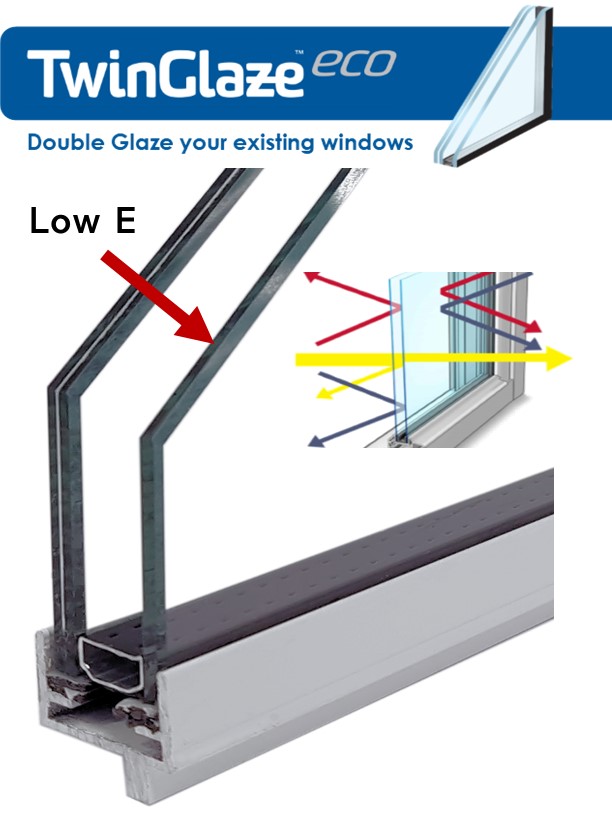All Categories
Featured
Table of Contents
Double Glazed Windows Melbourne in Woodbridge Western Australia
Laminated glass is typically utilized in areas in the house most susceptible to injury from human impact such as bathrooms, doors, around staircases and in areas close to the floor (it satisfies the requirements of 'safety glass' that is mandated for use in these locations by Australian Standard AS 1288 Glass in structures).
Toughened glass has been 'tempered' by being reheated and rapidly cooled again. This process makes it much more powerful than standard glass it can withstand higher impact loads prior to breaking. It also makes it much safer since, when it does shatter, it gets into many little cubic pieces rather than hazardous shards.
Stay Cool This Summer With Double Glazed Windows - Aaa Glass in Dalkeith Western Australia
Toughened glass has no thermal or acoustic benefits over other glass of the same toning or thickness. Secondary glazing is where single-glazed windows are retrofitted with a transparent acrylic or glass sheet connected to the within the frame or openable sash with a secondary frame or with magnetic strips.


Secondary glazing will not perform also thermally as a manufactured IGU, since it is impossible to absolutely seal the border, but it can offer great noise control. Window films are a thin polymer film including an absorbing color or reflective metal layer, with an adhesive support. They adhere to your glazing to change its colour or make it reflective.
Brisbane's Best Double Glazed Windows in Booragoon Perth
Applied to existing glass, some window films can cut in half the overall SHGC of the window by soaking up and/or reflecting solar radiation. This can be especially useful in hotter environments where cooling is the primary concern, or on east and west elevations straight exposed to long periods of sunshine. Window movies might likewise reduce visible light transmittance.

For this factor, it is generally best to utilize a recognized installer of window film. Frames have a significant influence on the thermal efficiency of doors and windows, due to the fact that energy can be acquired and lost through the frame, in addition to through the glass. Different types of frame will allow different levels of heat gain and loss, so mindful choice of frame is very important for reliable passive style.
Why Install Stunning Double Glazing Windows During Summer? in Shelley Perth
Nevertheless, aluminium is also a great conductor of heat and will decrease the insulating worth of a glazing unit, unless particularly engineered to lower this. A 'thermally broken' frame is comprised of 2 aluminium areas linked by a structural insulator (typically a low-conductivity structural polymer). This 'breaks' the thermal connection through the aluminium and decreases the heat flowing through the frame.
Lumber frames are an excellent natural insulator that can match some house designs. Wood frames ought to be made from species that have naturally high durability or be treated to prevent decay and deformation.
Solace Creations: Home in Merriwa WA
(weather removing) is installed.
u, PVC doors and windows have excellent thermal performance Picture: Ben Wrigley (Light Home Architecture and Science) Composite frames use aluminium profiles on the external areas with either a timber or u, PVC inner area. These combine the low upkeep and resilience of aluminium with much improved thermal performance.
Table of Contents
Latest Posts
Blown Double Glazing & What To Do About It in Mundijong Western Australia
What Are The Advantages Of Double Glazed Windows? in Queens Park WA
Double Glazing Versus Secondary Glazing in Marmion Western Australia
More
Latest Posts
Blown Double Glazing & What To Do About It in Mundijong Western Australia
What Are The Advantages Of Double Glazed Windows? in Queens Park WA
Double Glazing Versus Secondary Glazing in Marmion Western Australia